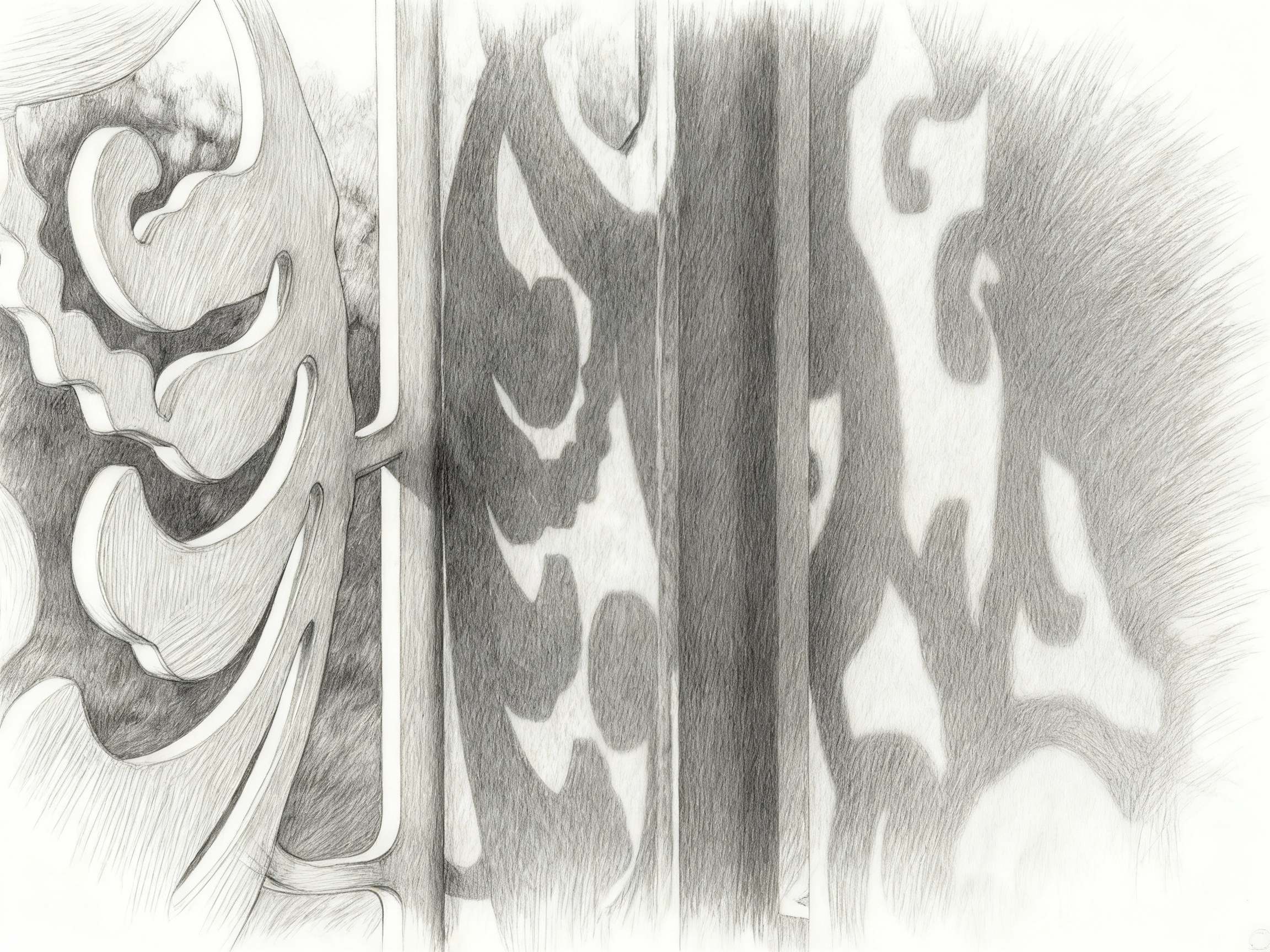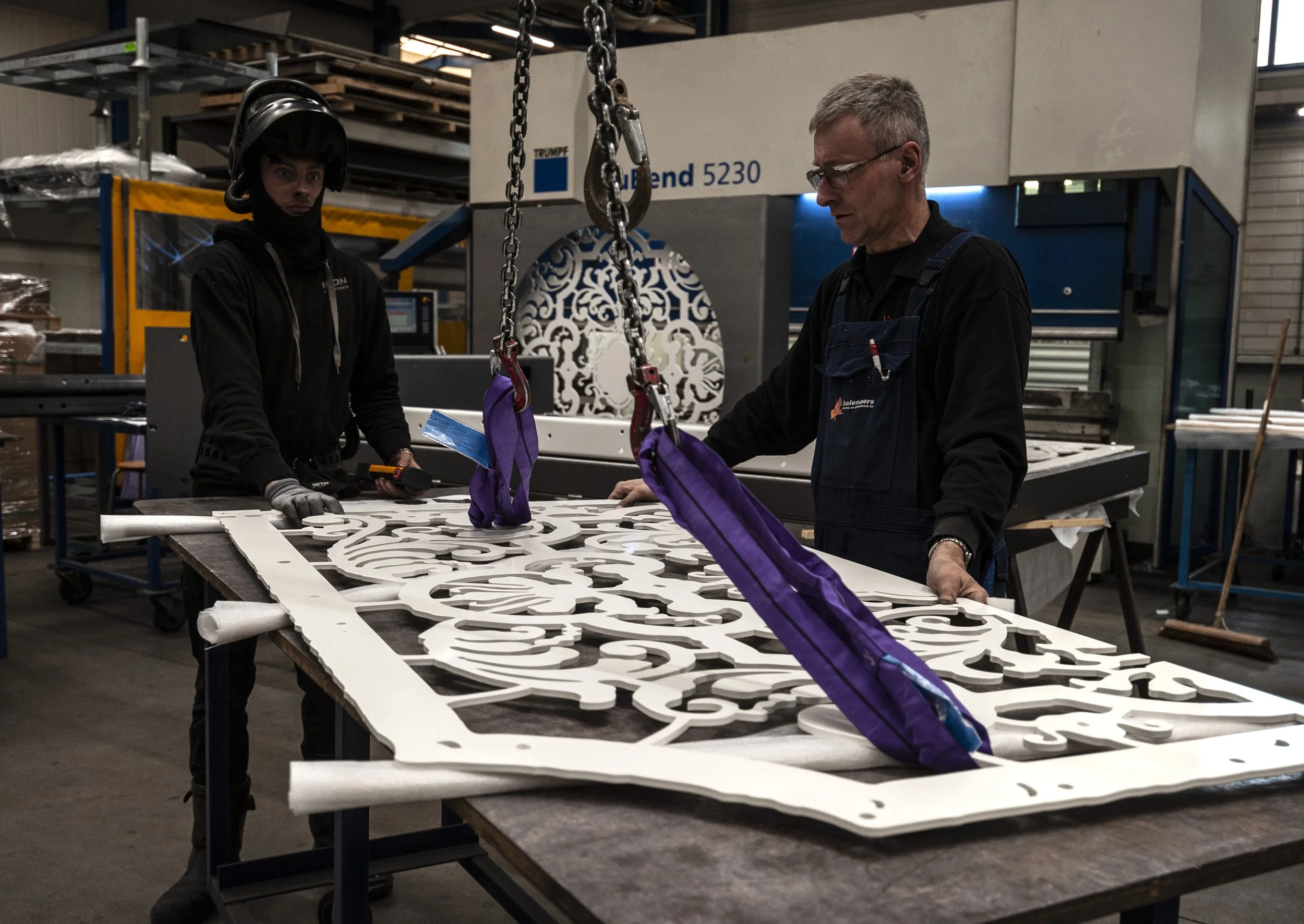















A portal from our modern era to the classical era
Entrance Paleis het loo
A Link Between History, Culture, and Emotions
Het Loo Palace, located in Apeldoorn, Netherlands, was constructed between 1684 and 1686 for Stadtholder-King William III and Mary II of England by the House of Orange-Nassau.
“Paleis Het Loo is a link between history, culture, and emotions.” This guiding statement from the project brief inspired Tjep.’s design proposal for the palace’s new entrance gate.
Bridging Humanity’s Past Domination and Present Harmony
Daniel Marot’s garden design for Paleis Het Loo, much like André Le Nôtre’s gardens at Versailles, symbolizes humanity’s historical domination over nature. In today’s era, however, we strive for harmony with the natural world. Tjep.’s proposed entrance gate serves as a portal bridging the modern and classical eras, creating a space where the present and past converge in a seamless fusion.
Dual Layers of Modern and Baroque Elegance
The design embodies this dialogue through two distinct layers. The outer layer, facing the main road, features a pattern of bold, modern geometric shapes, some echoing the logo of Paleis Het Loo. This layer frames vistas that reveal a second, inner layer adorned with a baroque pattern inspired by the palace’s historic gardens. By scaling down the garden motifs, this inner layer achieves a delicate, filigree quality, reminiscent of the intricate baroque lace found in the palace’s interior portraits, linking the elegance of the gardens to the sophistication of its heritage.
Corten Steel Strength Meets Fragile Heritage
Crafted from robust Corten steel, the gate’s outer layer exudes strength and permanence, while the fragile-looking white inner layer evokes the delicate care required to preserve cultural heritage and the natural world that inspired it. The entrance gate invites visitors to view classical history through a contemporary lens, blending tradition with modernity.
Final Design Measurements: 25 meters wide, 2 meters high.
